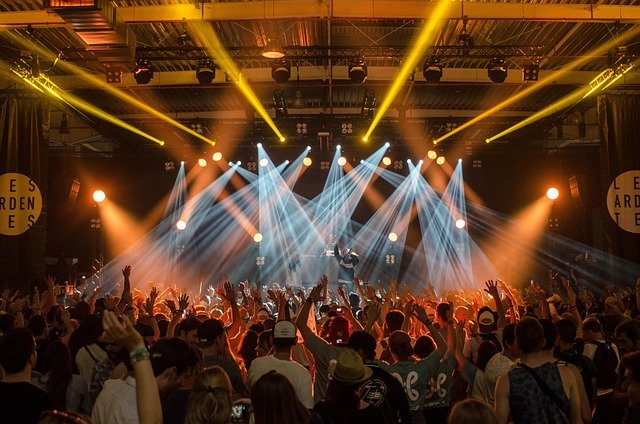Sustainable Touring Practices for Small Production Teams
Small production teams in music, film, theatre, dance and gallery contexts face unique challenges when touring: limited budgets, compact crews and tight schedules. This article outlines practical, low-impact strategies to reduce emissions, manage resources and support resilient creative touring.

Small production teams can reduce environmental and logistical strain while maintaining artistic quality by adopting targeted sustainable touring practices. For ensembles working in music, film, theatre, dance or gallery exhibitions, prioritizing efficient routing, lighter sets, and local partnerships helps lower transport emissions and costs. Practical measures—like combined transport, careful load planning, and selecting venues with green credentials—also support crew wellbeing and protect fragile equipment. Below are actionable tactics organized around common creative production priorities.
Music and travel planning
Tour routing is one of the largest levers for reducing emissions in music tours. Small teams should cluster dates geographically and allow rest days that double as travel windows to avoid last-minute long drives or flights. Prioritize trains or buses where infrastructure allows, and use shared freight or consolidated couriers for instruments and backline to minimize repeated trips. When flying is unavoidable, combine multiple shows into a single trip rather than frequent short hops. Maintain clear equipment lists to avoid overpacking and to reduce vehicle size requirements.
Theatre and set design choices
Set and costume design can be adapted to sustainability priorities without compromising storytelling. Use modular, lightweight flats and multi-use set pieces that can be reconfigured for different venues, and select durable materials that can be repaired locally. Renting basic scenic elements or collaborating with local carpenters reduces freight needs. Plan load-in and load-out that fits venue access to cut idle truck time. A compact, well-documented technical rider helps venues prepare and avoids unnecessary last-minute purchases or rentals.
Festival partnerships and local sourcing
When participating in festivals, negotiate shared freight, local storage and equipment swaps with other artists or the festival’s production office. Festivals often have existing infrastructure—sound, lighting, staging—that small teams can tap into. Source consumables, props and catering from local vendors in each city to support the local economy and reduce transport distances. Build relationships with local stage managers and technicians who know venue quirks; this can save time on setup and reduce repeat trips.
Exhibition, gallery and curation logistics
For touring exhibitions and gallery installations, prioritize compact packing systems and modular display units. Use archival-safe but lightweight packaging and partner with local freight forwarders experienced in art handling to avoid unnecessary climate-controlled transport for works that do not require it. Coordinate insurance and condition reporting remotely when possible to minimize specialist travel. Consider digital or hybrid exhibitions that complement physical works and reduce the need to move fragile items frequently.
Production, crew and equipment strategies
Small crews can increase efficiency by cross-training members so fewer people need to travel for each show while maintaining safety and technical standards. Implement clear role charts and a compact equipment list tailored to the essential needs of the production, and label kit for quick inventory. Where possible, use energy-efficient lighting and audio equipment that draws less power and reduces generator or venue supply pressure. Plan crew accommodation and transport to minimize multiple pickups and last-minute trips, and provide guidelines for low-impact accommodation and meal choices.
Storytelling, visual design and audience engagement
Sustainable choices can be incorporated into storytelling and visual design without diminishing audience experience. Highlight local collaborators in program notes or pre-show content to reflect community engagement. Use projection, adaptable scenic elements and multi-use props to evoke different settings without shipping large scenic packages. Engage audiences with signage or brief program content explaining production choices; transparency around sustainability measures can deepen cultural value and encourage venue support for greener practices.
Conclusion
Sustainable touring practices for small production teams combine logistics, material choices and community collaboration to reduce environmental impact while preserving artistic intent. By clustering routes, choosing lightweight design solutions, partnering with local services, and optimizing crew roles and equipment, small teams can tour more resiliently. Practical planning and clear communication with venues and local partners make these changes feasible within typical production constraints.





